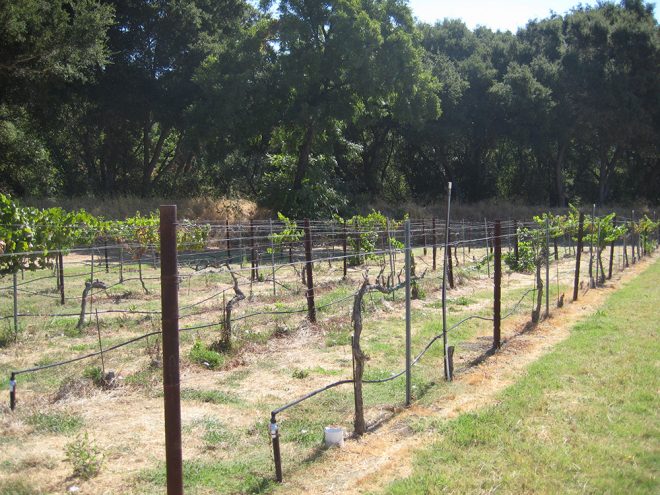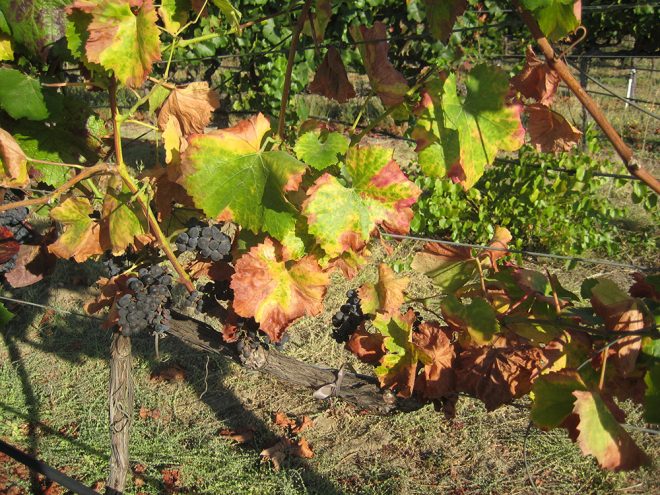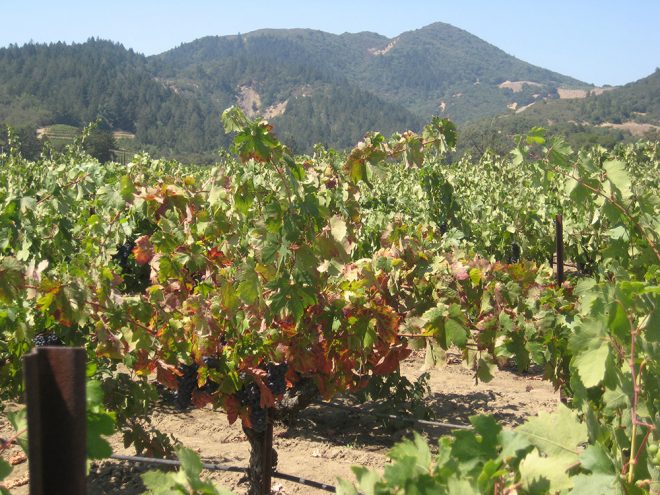Vinehealth Australia Technical Manager Suzanne McLoughlin recently returned from a trip to the US, part funded by a travel bursary from Wine Australia, to attend the 7th International Phylloxera and Nematode Symposium held at the University of California, Davis.
While there, Suzanne met with grape and wine research organisations, government institutions and commercial businesses.
While the symposium was strongly focussed on grapevine breeding for both phylloxera and nematode resistance, updates on activities and state of play in the varying countries was given by the participants from US, Austria, Germany, Italy, China, Argentina, Canada and Australia.
“There are few researchers working on phylloxera around the world and none working on disinfestation other than in Australia, so it’s vital to foster our home-grown research to help us to better manage our situation,” Suzanne said.
A presentation on phylloxera resistant rootstock breeding at Geisenheim, Germany noted that Börner, Cina and Rici are the only truly phylloxera resistant rootstocks (all Vitis riparia x Vitis cinerea), but these are not suitable for planting in soils with high pH and lime, with vineyard longevity limited to 15 years in these conditions and poor yields recorded.
Current breeding programs have focussed on improving lime and drought tolerance, and rootstocks showing genuine promise include Gm 9228-45 (Börner x 125AA cross) and Gm 9230-3 (Börner x berlandieri cross), recently released commercially.
“When driving around the Napa, it was sobering to see the vastness of the pest and disease issues facing the area, and consequently all the replanting efforts,” Suzanne said.
“This certainly made me feel fortunate for our situation here in Australia. Vineyard life is only expected to be 20 to 25 years in the Napa, well short of the expected productive life span for vineyards in Australia at around 40 years.”
Owners of a large commercial business took Suzanne through their three-stage internal quality control efforts to improve chances of cleanliness of new propagation material and ultimately health of new vineyards.
“If cuttings are taken from their own blocks as the scion material for grafting, they ensure that the scion material is clean through virus testing. Then, before accepting the grafted material from the nursery, they make an onsite visit to inspect the quality of the material within 48 hours of delivery, using the Fit Vine App to undertake assessments,” Suzanne said.
“Lastly, once the young vines are around a year old, any showing virus-like symptoms are tested for Leaf Roll 3 and Red Blotch viruses (including submitting control samples) and if deemed positive, these vines are grubbed.
“This focus on virus testing and grubbing is predominantly on reds at present, for which foliar symptoms are easier to detect and effect on yield and wine quality seems more apparent compared to for whites. Grubbing the vines when they are young means new replants are not too dissimilar in age to the remainder of the block and spread of the viruses can be limited. Generally, two dripper lines are now installed as part of new developments so that replants can be irrigated separately from more established vines.
“After seeing the intensity of their vineyard health work, I had to ask myself, how do we compare in Australia?”
Suzanne said it was also interesting to see the effects of Pierce’s Disease first hand. “Despite the absence of the glassy-winged sharpshooter in the Napa, the blue green sharpshooter is still causing significant localised vine death from Pierce’s Disease in blocks adjacent to the Napa river as the vector comes out of the riparian zones,” she said. “There is extensive multi-agency managed restoration work occurring along sections of the Napa river with one of the aims being to remove host species of the blue green sharpshooter.”
Suzanne was also impressed by the work done in the Napa on European Grapevine Moth. “I spoke to two University of California Extension Farm Advisors who were at the coalface, as part of the team coordinating the six-year successful eradication effort of the exotic European Grapevine Moth,” she said. This eradication strategy will be described in more detail in an upcoming article in Australian and New Zealand Grapegrower and Winemaker magazine.
“One interesting component of this effort during the quarantine phase was confining the composting of grape marc, stalks and stems to registered commercial facilities, where temperature control on the composting process was assured for kill of any pests or diseases present,” Suzanne said.
“Growers are now wondering whether this practice will be reintroduced with mealybug issues on the rise. We need to consider whether, in Australia, there are many vineyards and wineries undertaking onsite composting, perhaps not in accordance with Australian standards, that may be potentially contributing to the spread of pests and diseases.”


